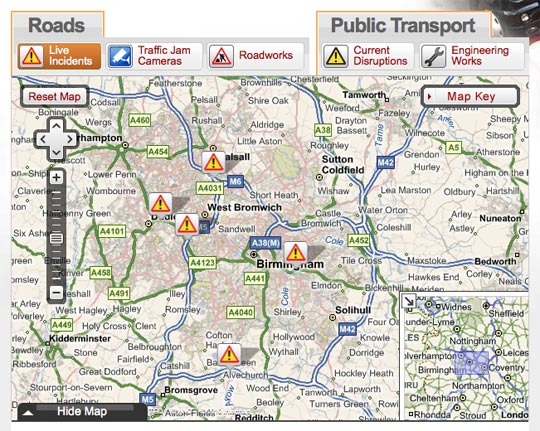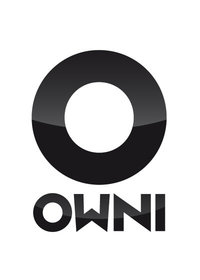Can hacks and hackers work together in the new online news world? This is the question posed by Open Journalism And The Open Web, a free online course being run by the online educational community site p2pu.org in conjunction with Hacks/Hackers, the Mozilla Foundation, the Medill School Of Journalism and the Media Consortium.
The course’s aim is to bring developers, journalists and those relatively uncommon people with a foot in both camps together to answer that question.
As I posted here back in May, I was involved in the early Ruby In The Pub meetings, which have now evolved into the UK arm of Hacks/Hackers. The last meeting attracted over 50 people with talks from a representative of Google as well as hacks and hackers from The Times. It’s a testament to the power of collaboration and the seeking spirit of those that find themselves in this digital space. So when I discovered this experimental course I jumped at the chance to apply, and to my delight was accepted along with forty other people.
Like many such initiatives the course is being run freestyle, with input from attendees welcomed and collaboration positively encouraged. There’s even homework. The course is now in it’s third week and so far the lectures have been excellent – lecture 2 included a talk from Burt Herman, co-creator of Hacks/Hackers and the man behind storify.com. We’ve also had a lecture from Rob Purdie, agile development experty of the Economist and subjects and questions that have come up so far have involved the nature of collaboration, how to break down technical projects into smaller components and story analysis. The discourse has been vibrant and engaging and I’m sure interesting projects will emerge.
More importantly, this is a living experiment, an embodiment of the questions posed by Hacks/Hackers and their ilk in a more structured format. When the six-week time capsule comes to an end, I’m sure I will have learned a lot about journalism and journalists, the problems they face and their perception of data and information systems. I hope they will feel the same about developers.
Interestingly, the first barrier we came up against was, not surprisingly, language. This hit home with the more technical assignments and discussions, where a lot of us hackers went straight into jargon mode. We require a compressed and succint language as our job is fast-paced and we need to communicate quickly. It serves as shorthand. But, like developers who spend a lot of time talking to the non-technical side of their business, we soon realised that we had some hacks amongst us too and needed to dilute the language a little in order to bridge the gap and freely explore our common interests and problems.
So far that commonality – engagement and curiousity, the desire to stay one step ahead in fast-changing digital arena, a passion for information – seem to be outweighing the differences. Three weeks to go. I’ll try and drop a post once a week with an update on what’s happening and hopefully will be able to interview the P2PU guys at the end. It’s an exciting time to be a hack and a hacker.

